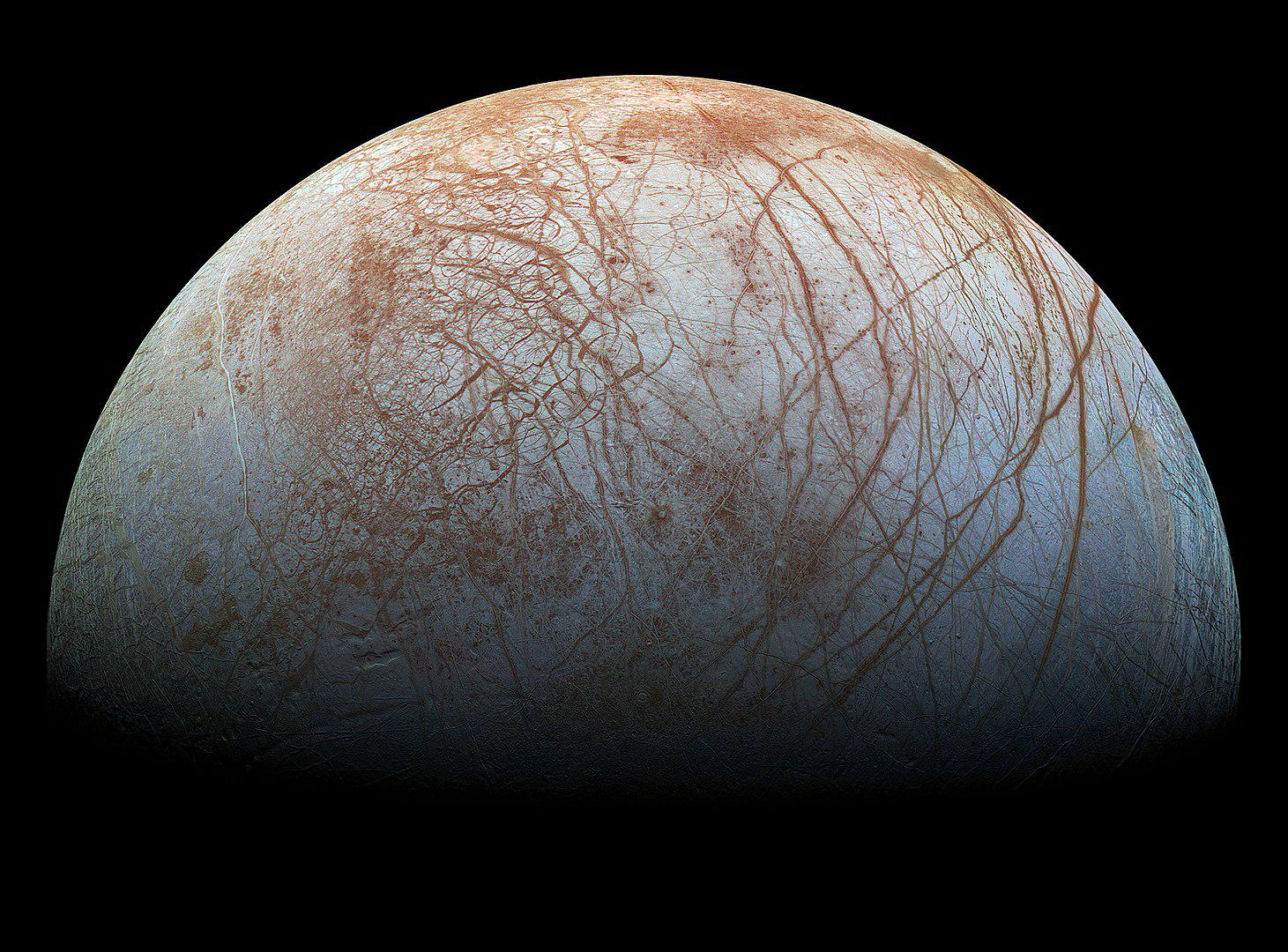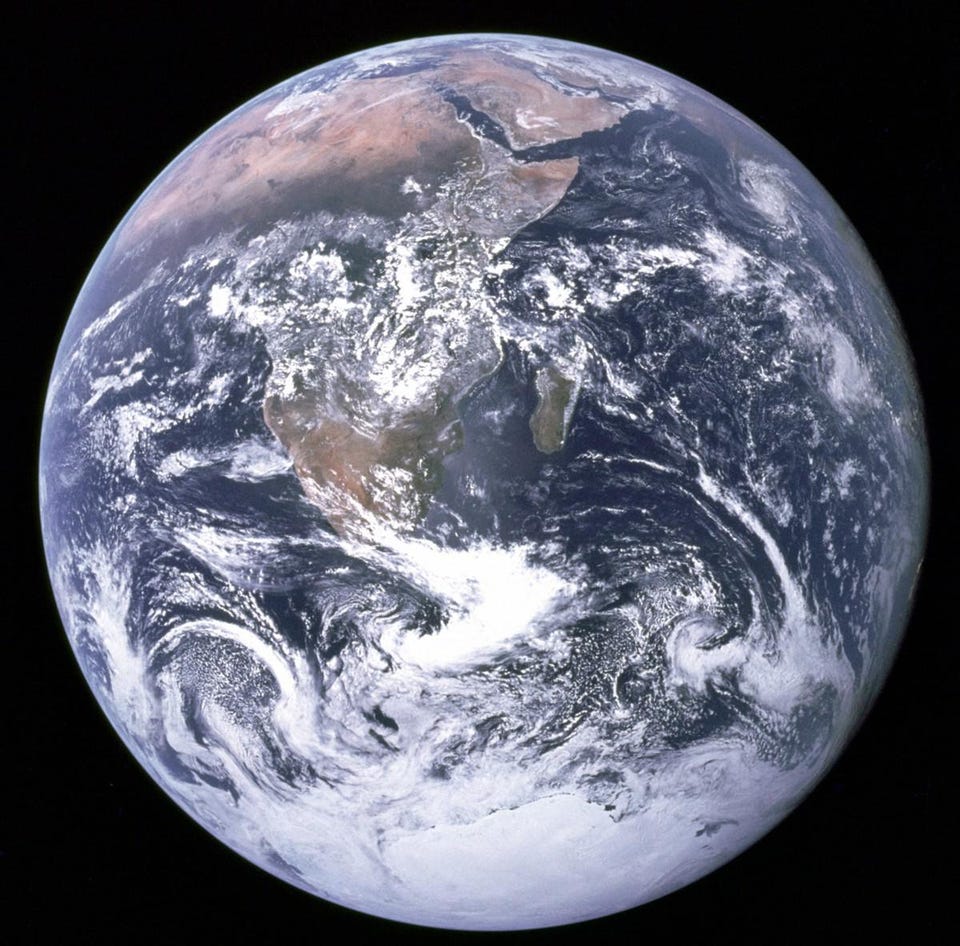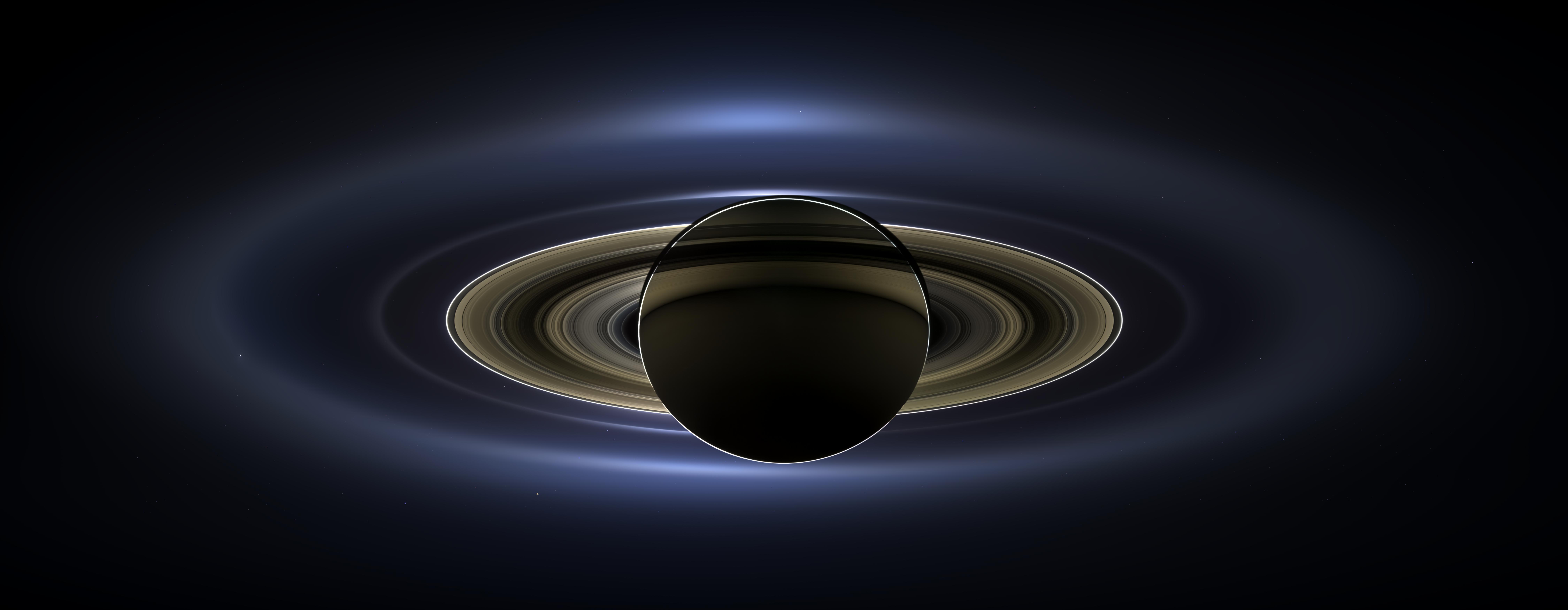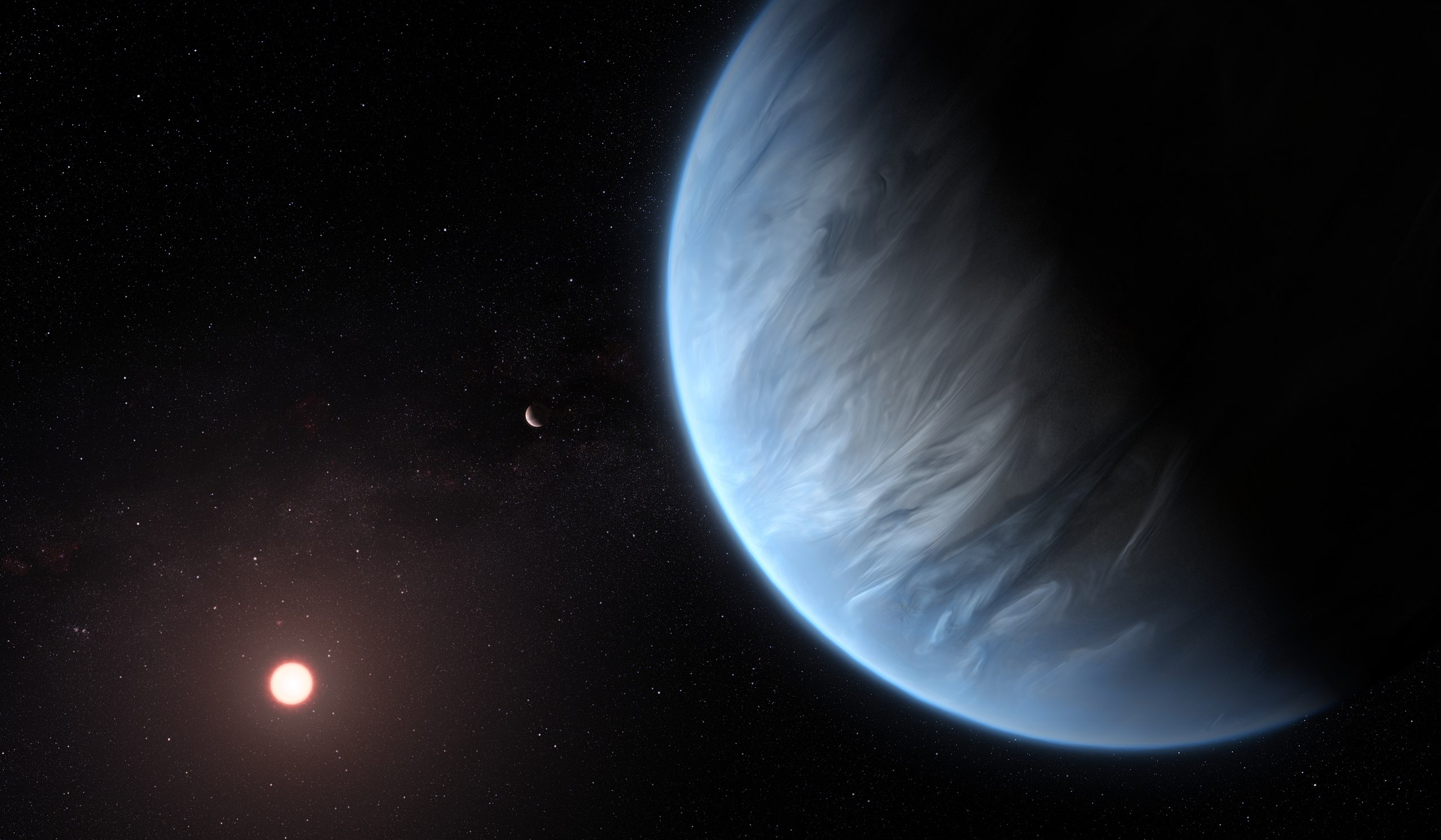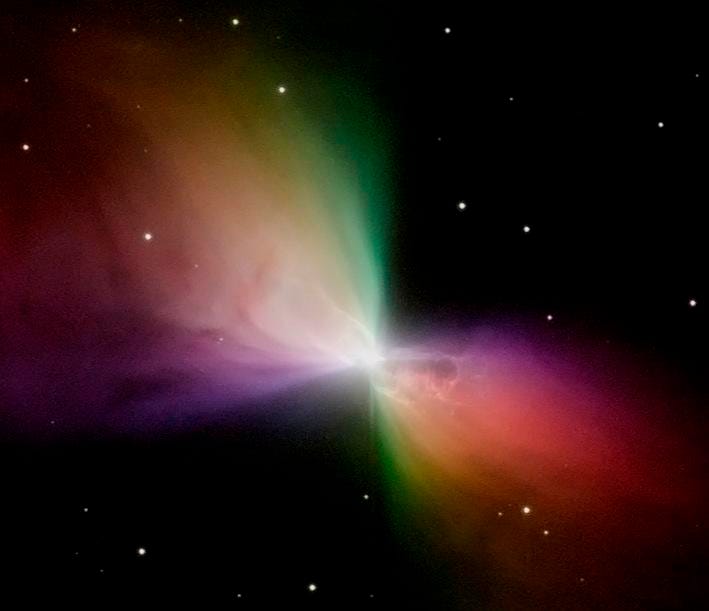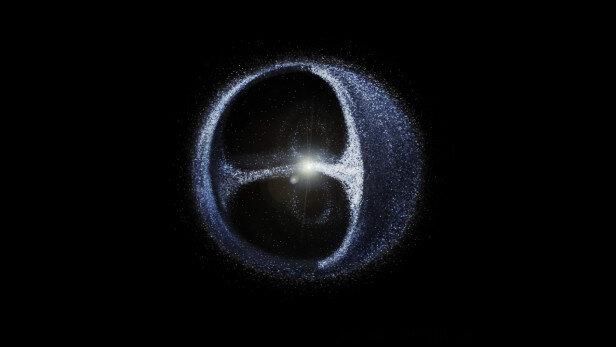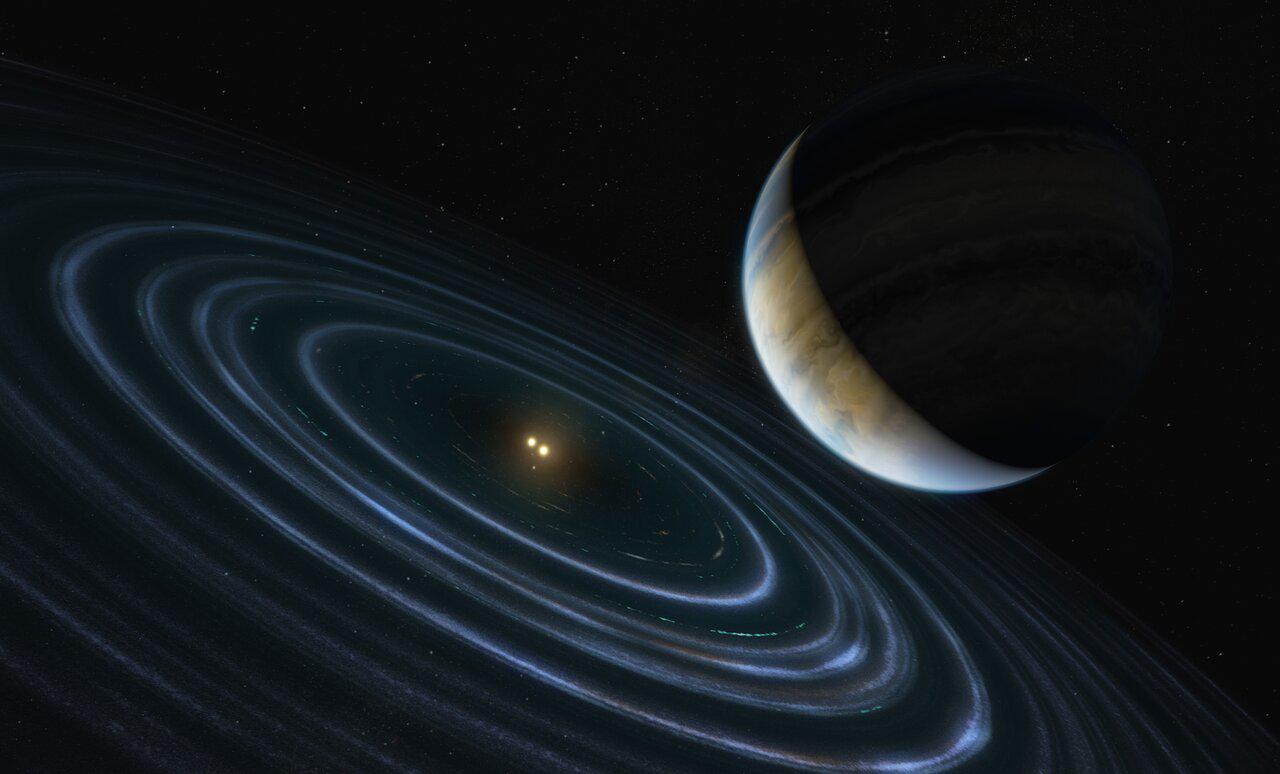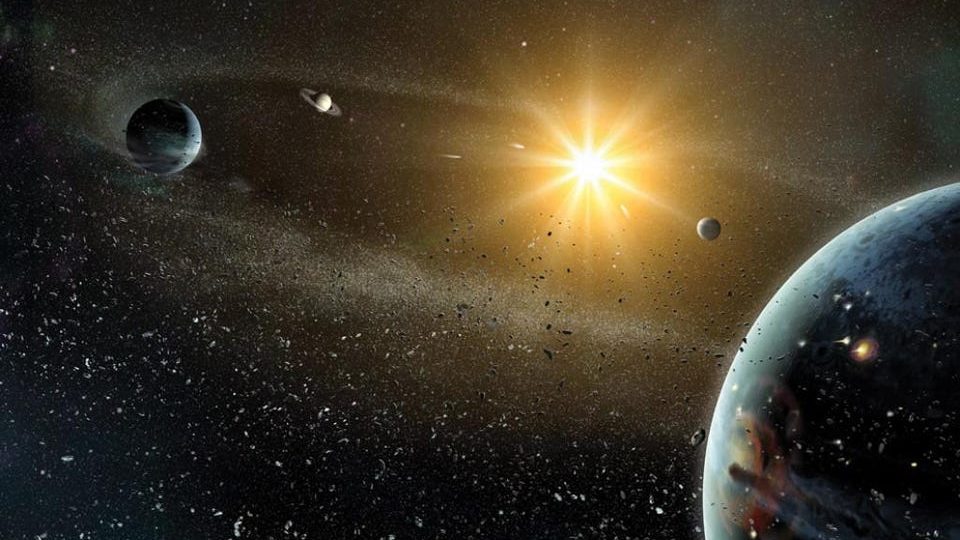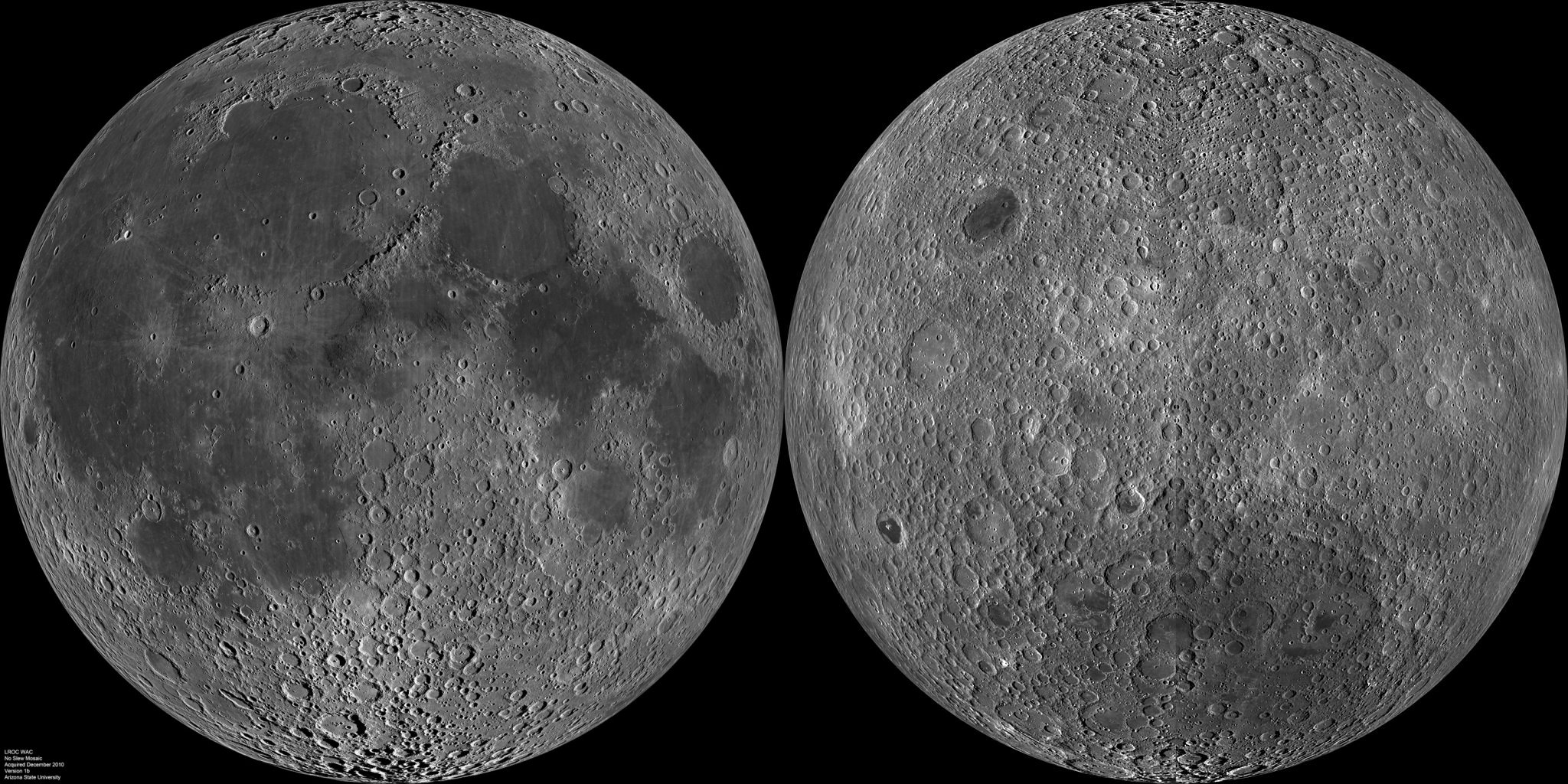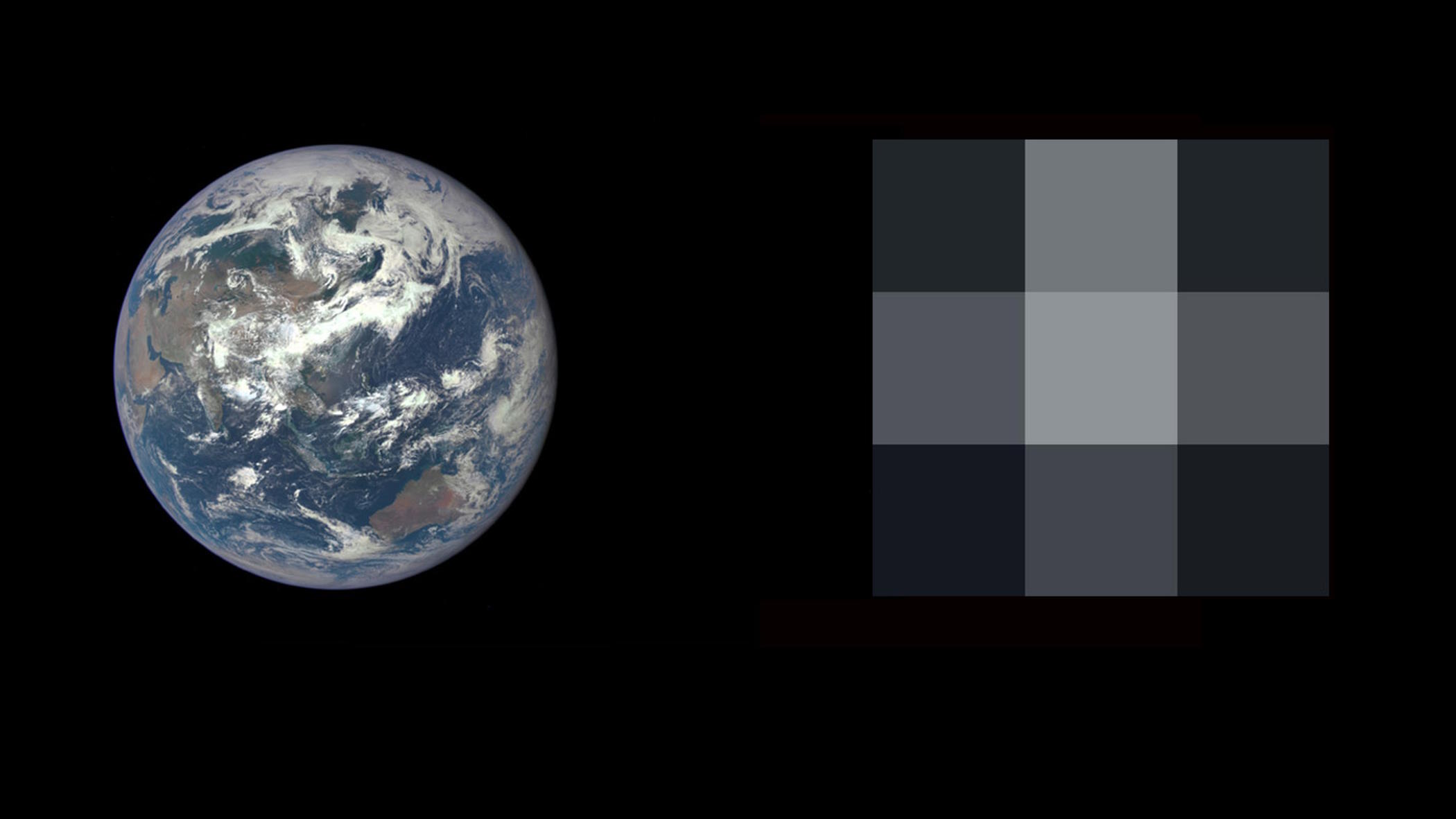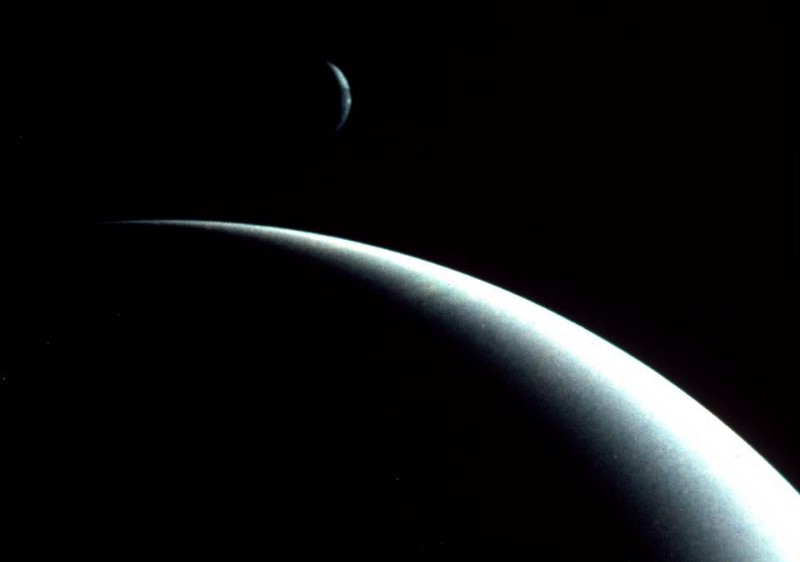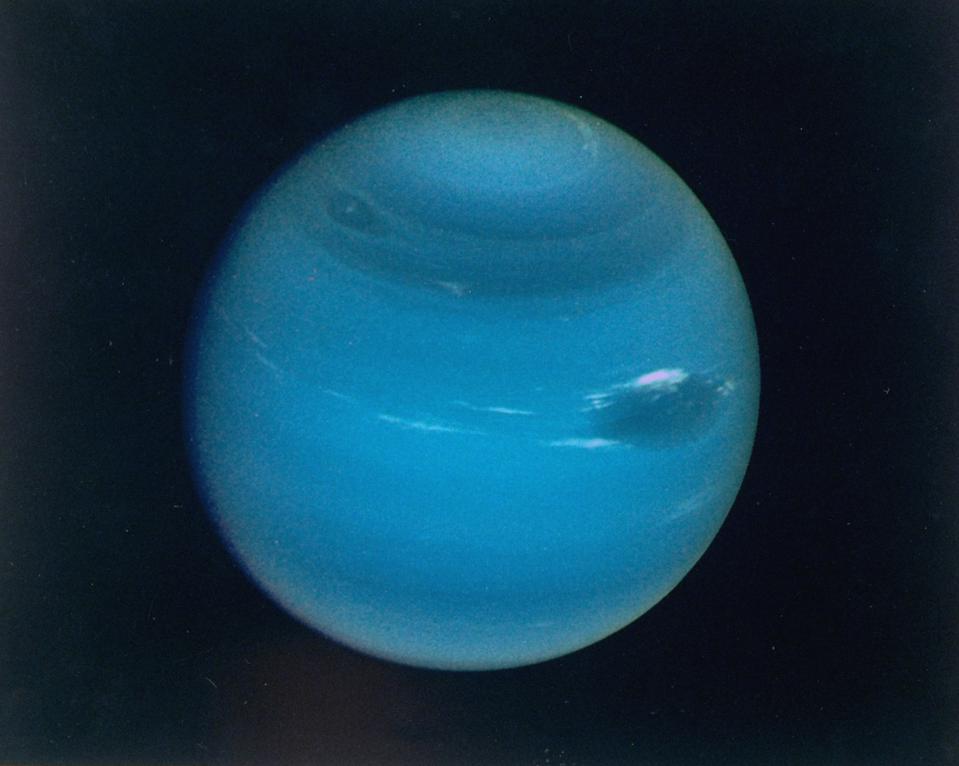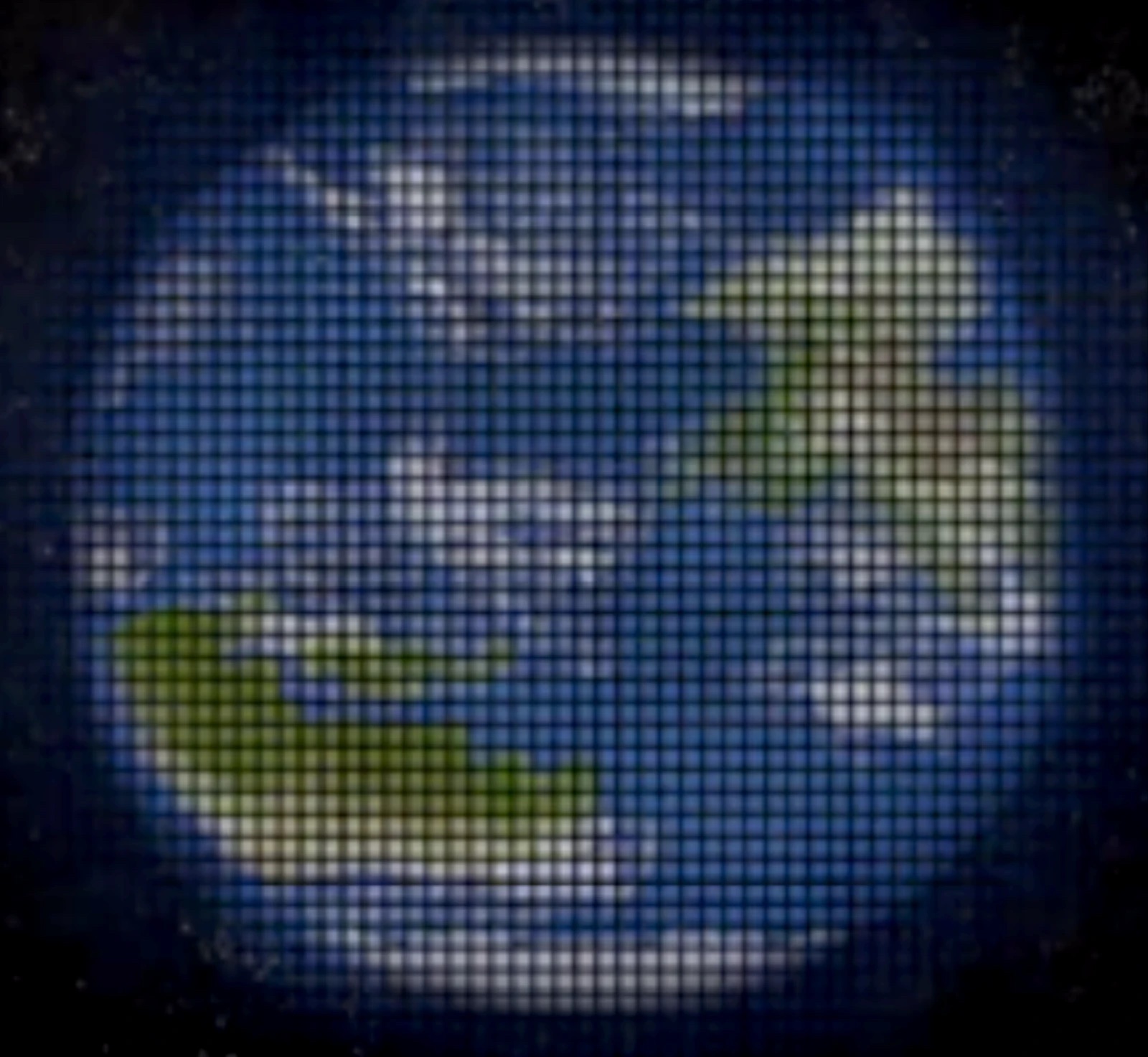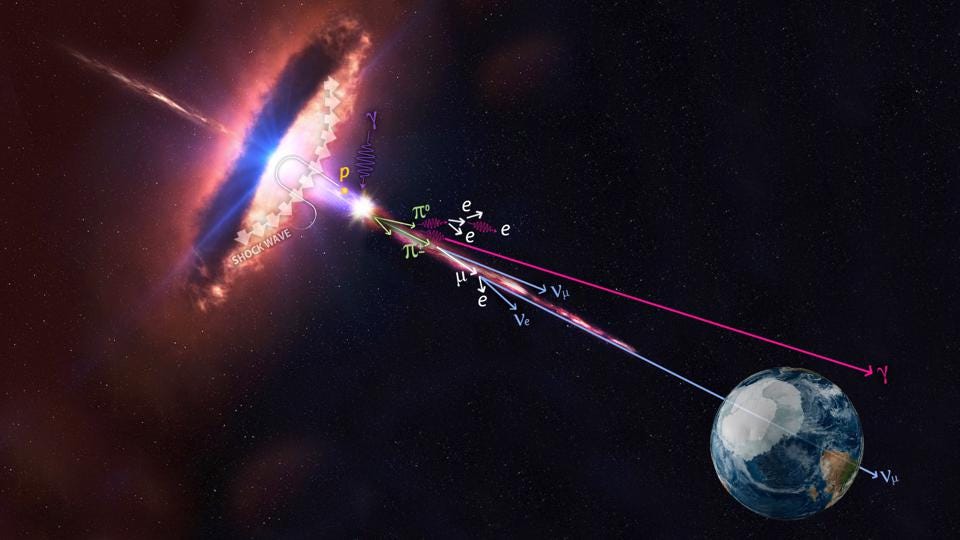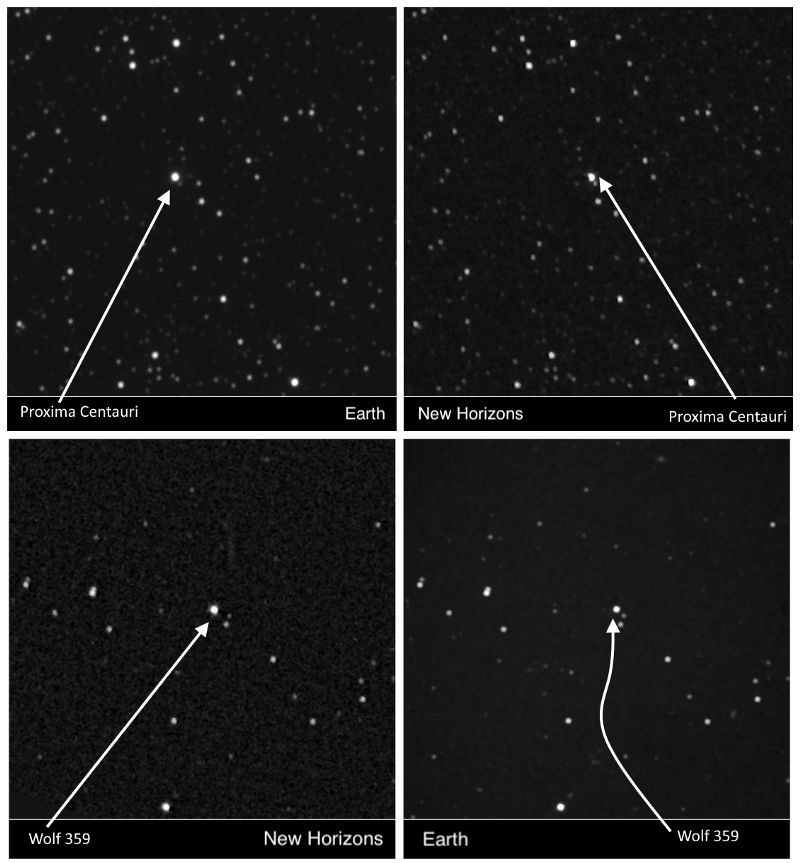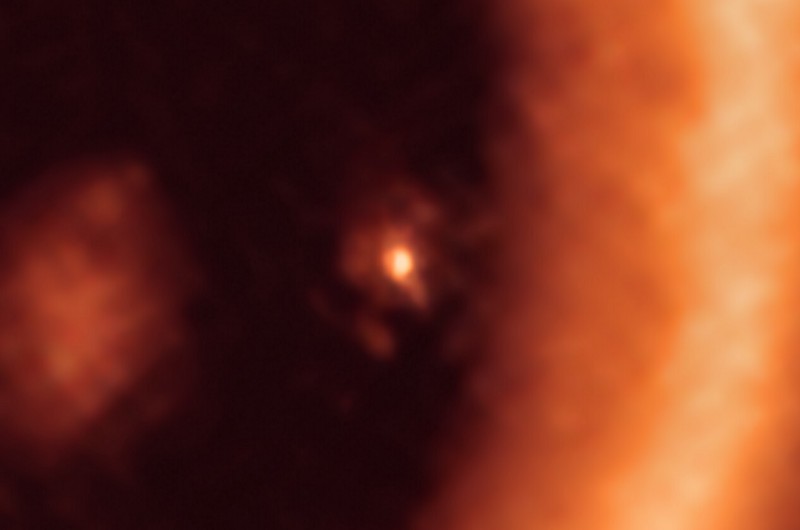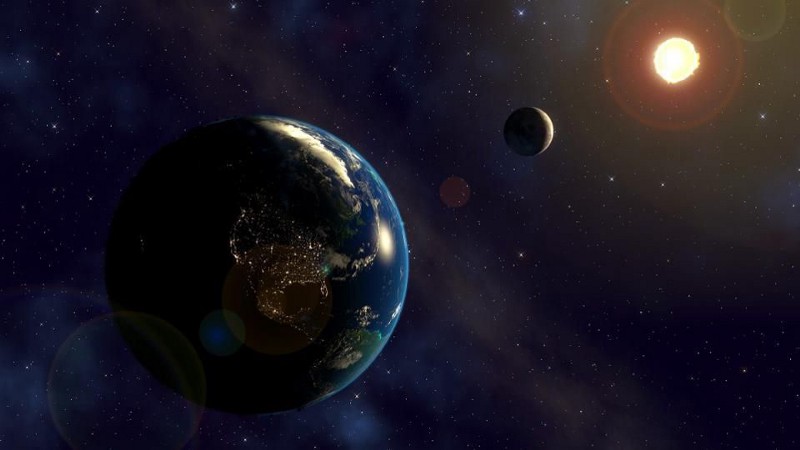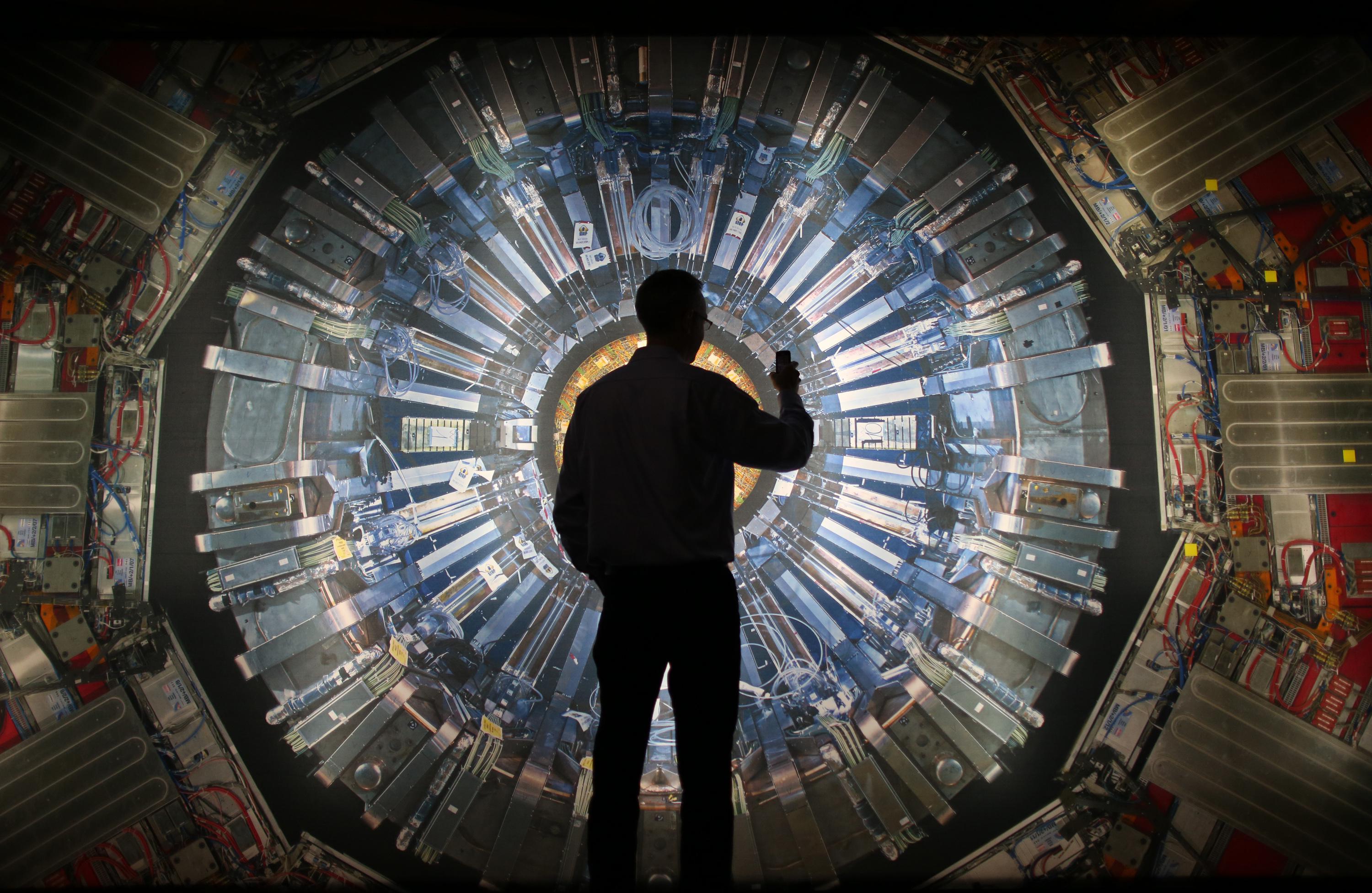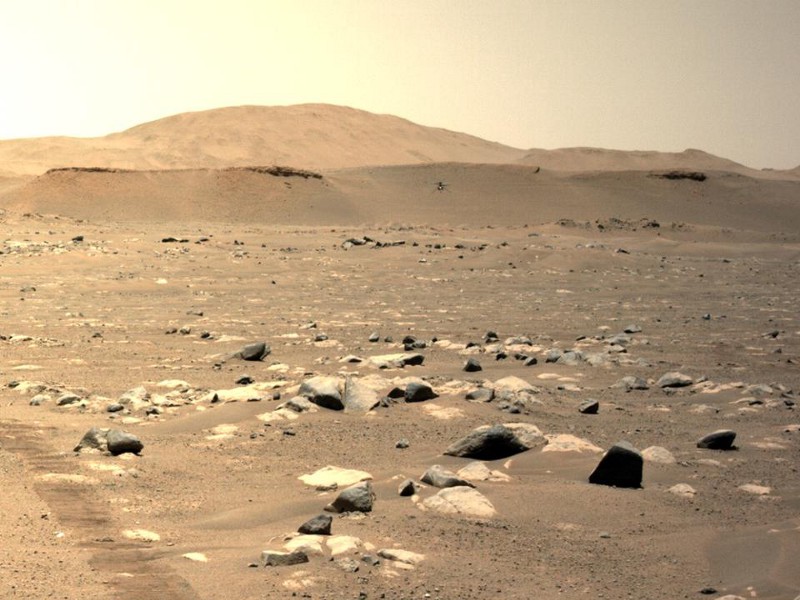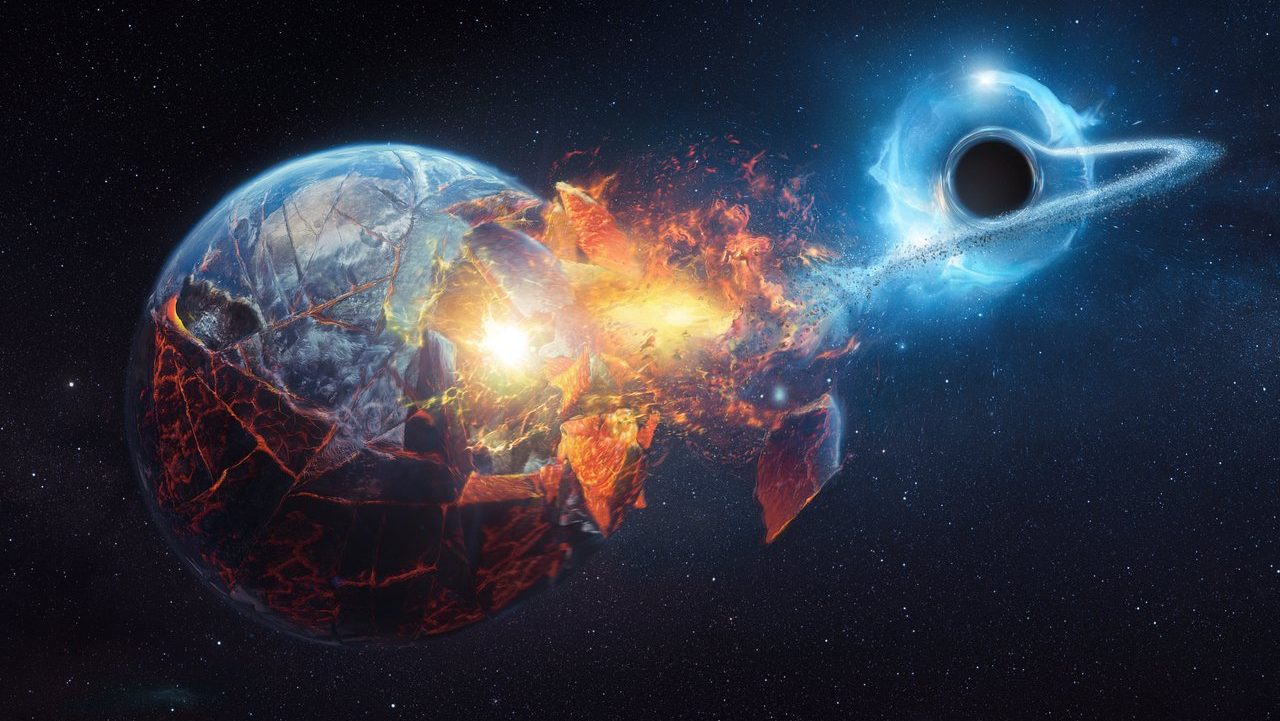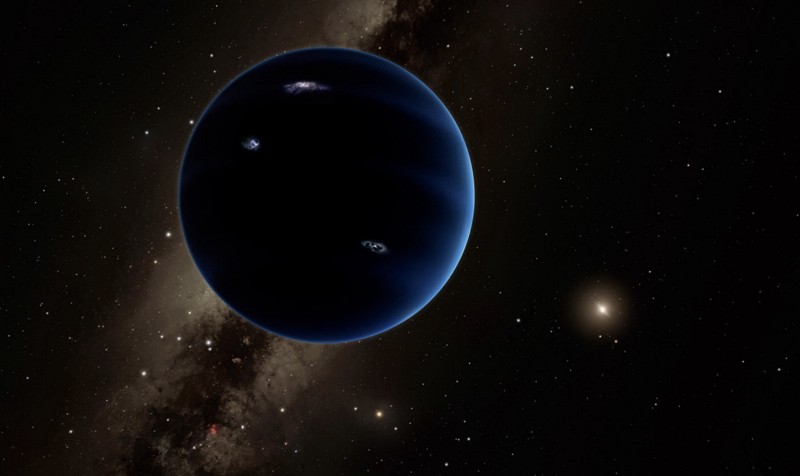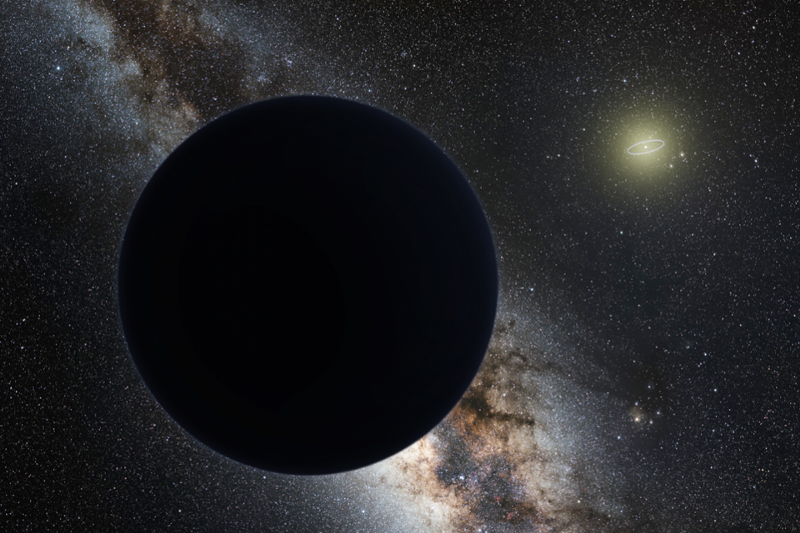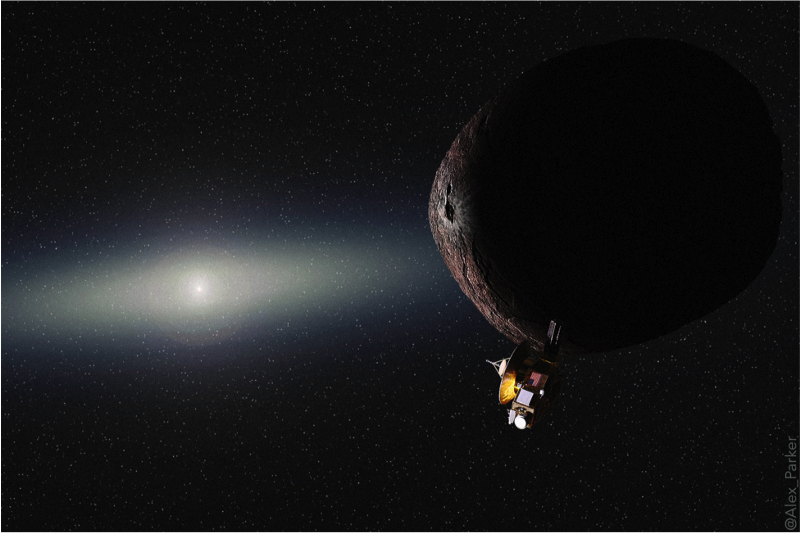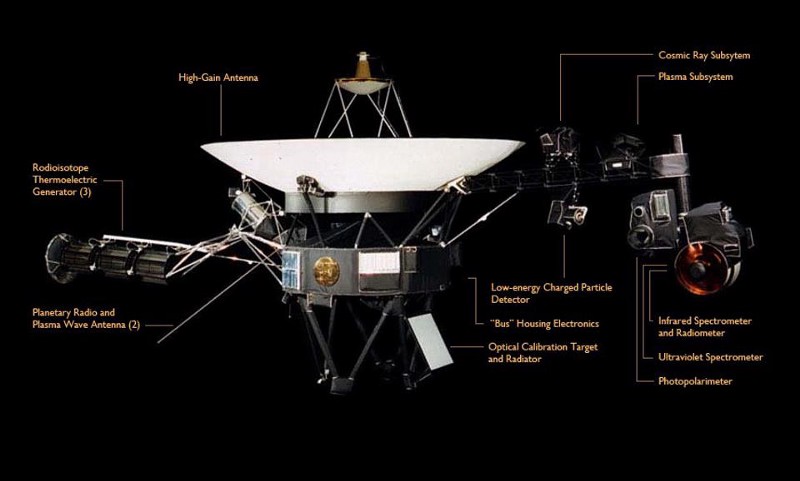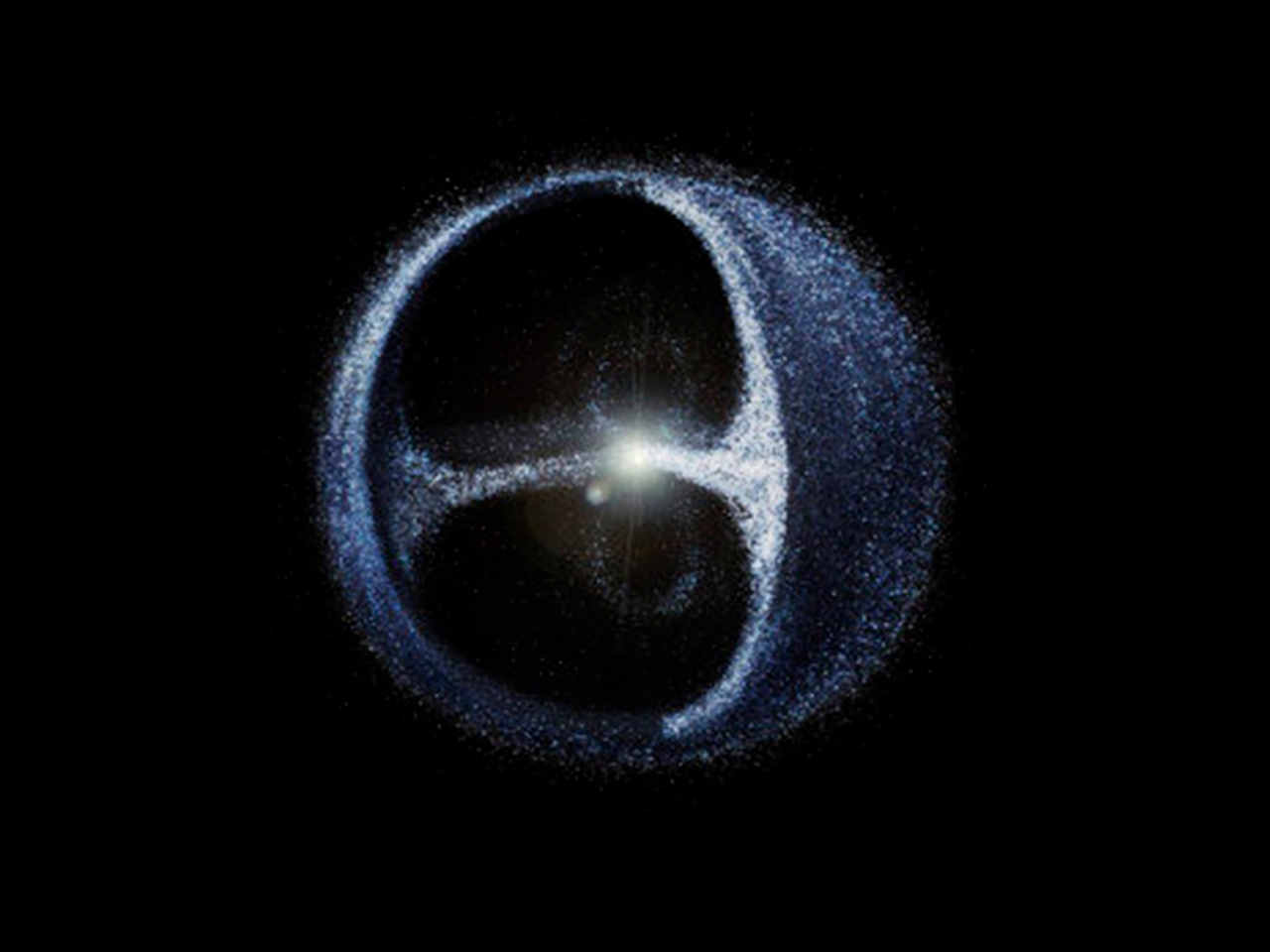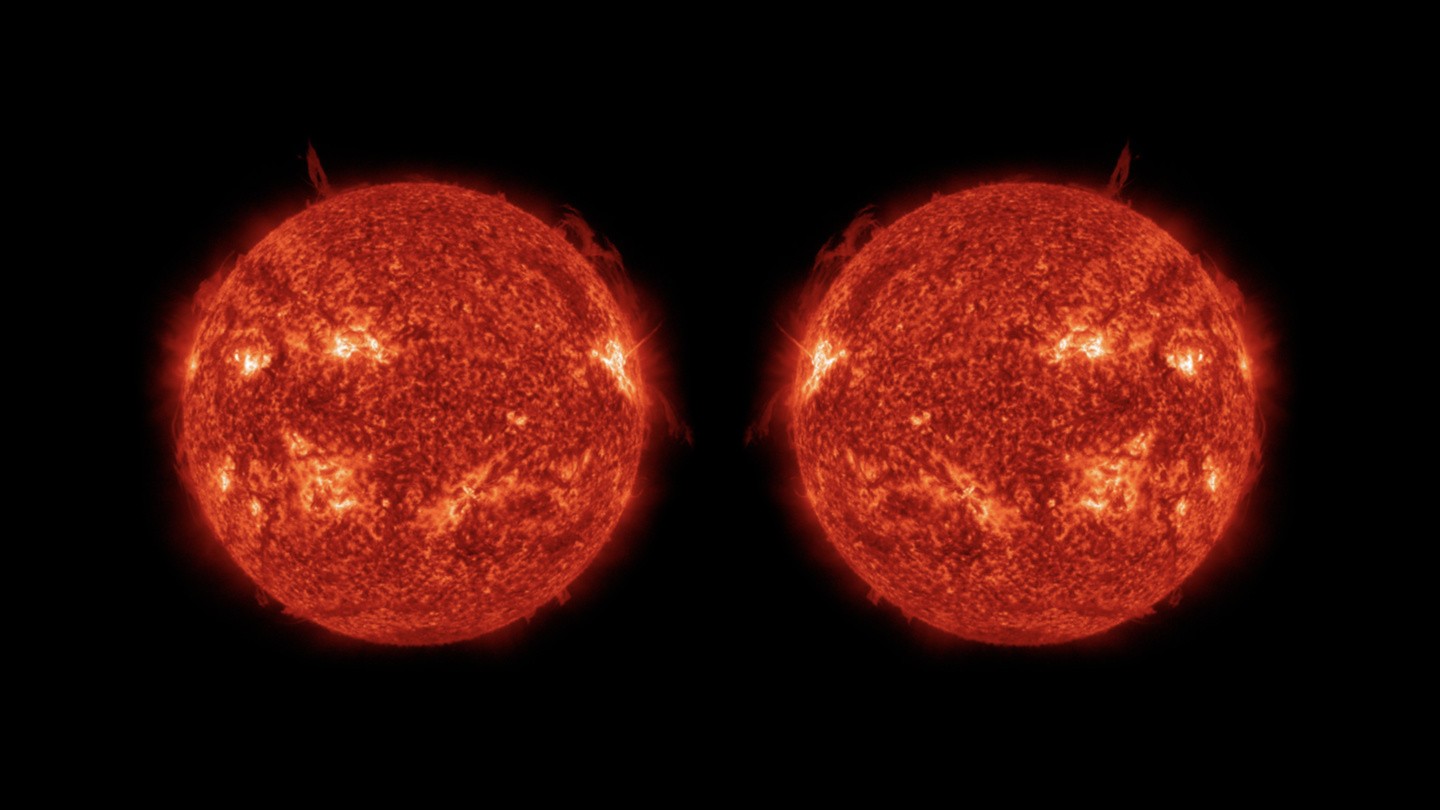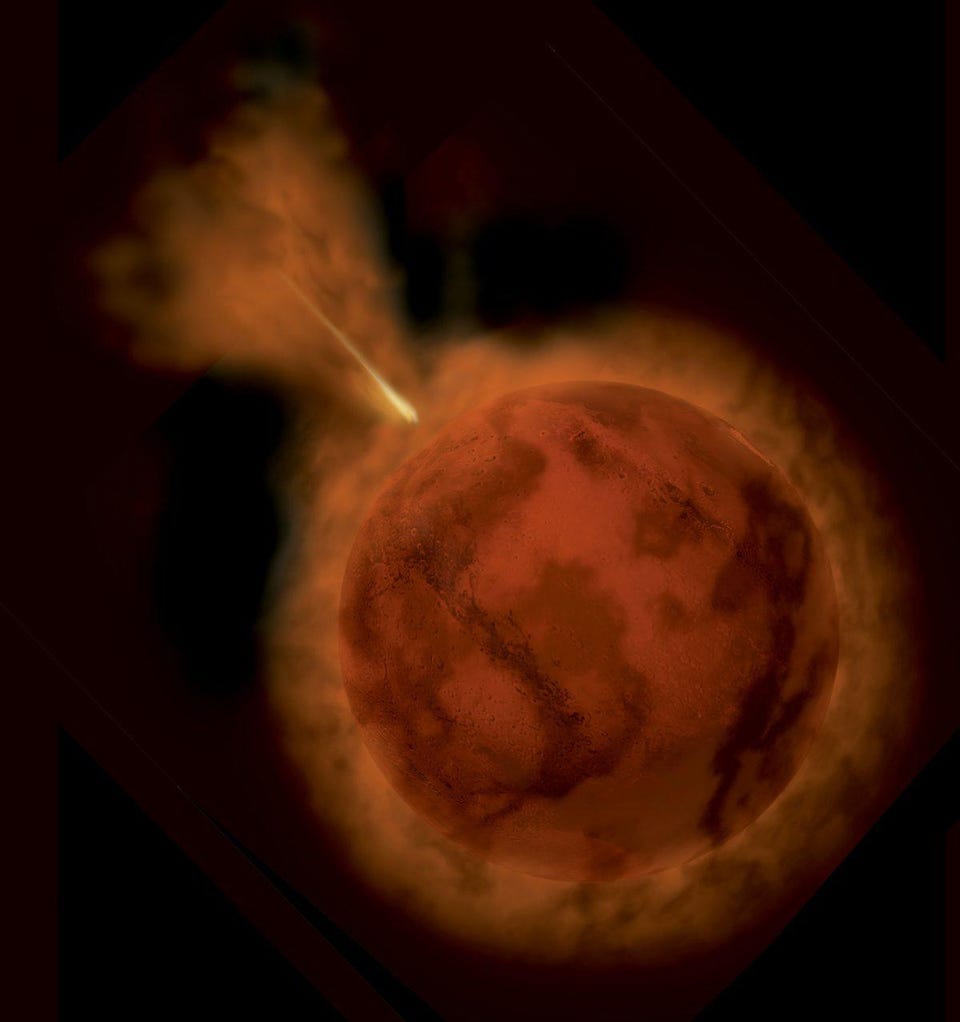Water is vital for life. Luckily for spacefaring humans, the solar system is full of it.
Search Results
You searched for: Pluto
There’s an entire Universe out there. So, with all that space, all those planets, and all those chances at life, why do we all live here?
The secret ingredient is violence, and it just might indicate that “moonmoons” aren’t as uncommon as most astronomers think.
Each of our three nearest stars might have an Earth-like planet in orbit around it. Here’s what we’ll learn when we finally observe it.
Empty, intergalactic space is just 2.725 K: not even three degrees above absolute zero. But the Boomerang Nebula is even colder.
Astronomers possibly solve the mystery of how the enormous Oort cloud, with over 100 billion comet-like objects, was formed.
Scientists find an exoplanet whose strange behavior may lead to the Solar’s System hidden ninth planet.
There will always be “wolf-criers” whose claims wither under scrutiny. But aliens are certainly out there, if science dares to find them.
The far side of the Moon is incredibly different from the Earth-facing side. 63 years later, we know why the Moon’s faces are not alike.
NASA has finally chosen which flagship mission, like Hubble and JWST, will launch in ~2040. Detecting alien life is now a reachable goal.
The largest moon around our last planet didn’t originate with Neptune. When it comes to the moons of our Solar System, there’s only one planet that doesn’t fit in with our […]
The 1998 hit is making a comeback. Stop what you’re doing and watch the original.
Gravitation, all on its own, can reveal what’s present in the cosmos like nothing else.
With a telescope at just the right distance from the Sun, we could use its gravity to enhance and magnify a potentially inhabited planet.
Our Universe requires dark matter in order to make sense of things, astrophysically. Could massive photons do the trick?
The view from beyond Pluto is far enough from Earth that we can see the stars shift. NASA’s New Horizons, humanity’s first spacecraft to encounter Pluto, is more than 4.3 billion […]
We just observed the first ‘lunar formation’ in an exoplanetary system. This one image, above, is the first to show moons actively forming around a planet. This colourful image shows […]
It likely isn’t the rare occurrence we once thought it was. In our Solar System, there’s one overwhelming source of mass that all the planets orbit around: our Sun. Each planet […]
Modern science progresses with an intensity and even irrationality that Aristotle could not fathom.
Ingenuity is remarkable. But these 5 exploration ideas are revolutionary. Telescopes are our initial tools for revealing and studying foreign worlds. Hubble images of Mars, particularly around the regions with […]
The odds are slim, but the consequences would be devastating. Here’s what would happen, plus how to avoid it.
Shortly after planet Earth formed, life took a permanent hold on our surface. But just how common is such an outcome?
A theoretical view of a distant world so far from our Sun that our Solar System appears barely brighter than the remaining stars in the sky. ( Caltech/R. Hurt (IPAC)) Pluto […]
The definitive answer requires better, unbiased data. Despite all the advances that have occurred in human history, one extraordinary puzzle still remains right in our own backyard: we aren’t sure how […]
It’s one of only five spacecraft that will exit the Solar System, and the only one we have a chance to aim at another star. Of all the spacecraft ever launched, […]
The same (former) NASA engineer who previously claimed to violate Newton’s laws is now claiming to have made a warp bubble. He didn’t.
As long as it remains operational, we’ll have a chance to conduct groundbreaking science with it. In the history of spaceflight, only five spacecraft ever launched by humanity possess enough energy […]
Our Solar System’s outer reaches, and what’s in them, was predicted long before the first Oort Cloud object was ever discovered.
The theory could resolve some unanswered questions.
Phobos and Deimos only have two explanations, and neither one adds up.
